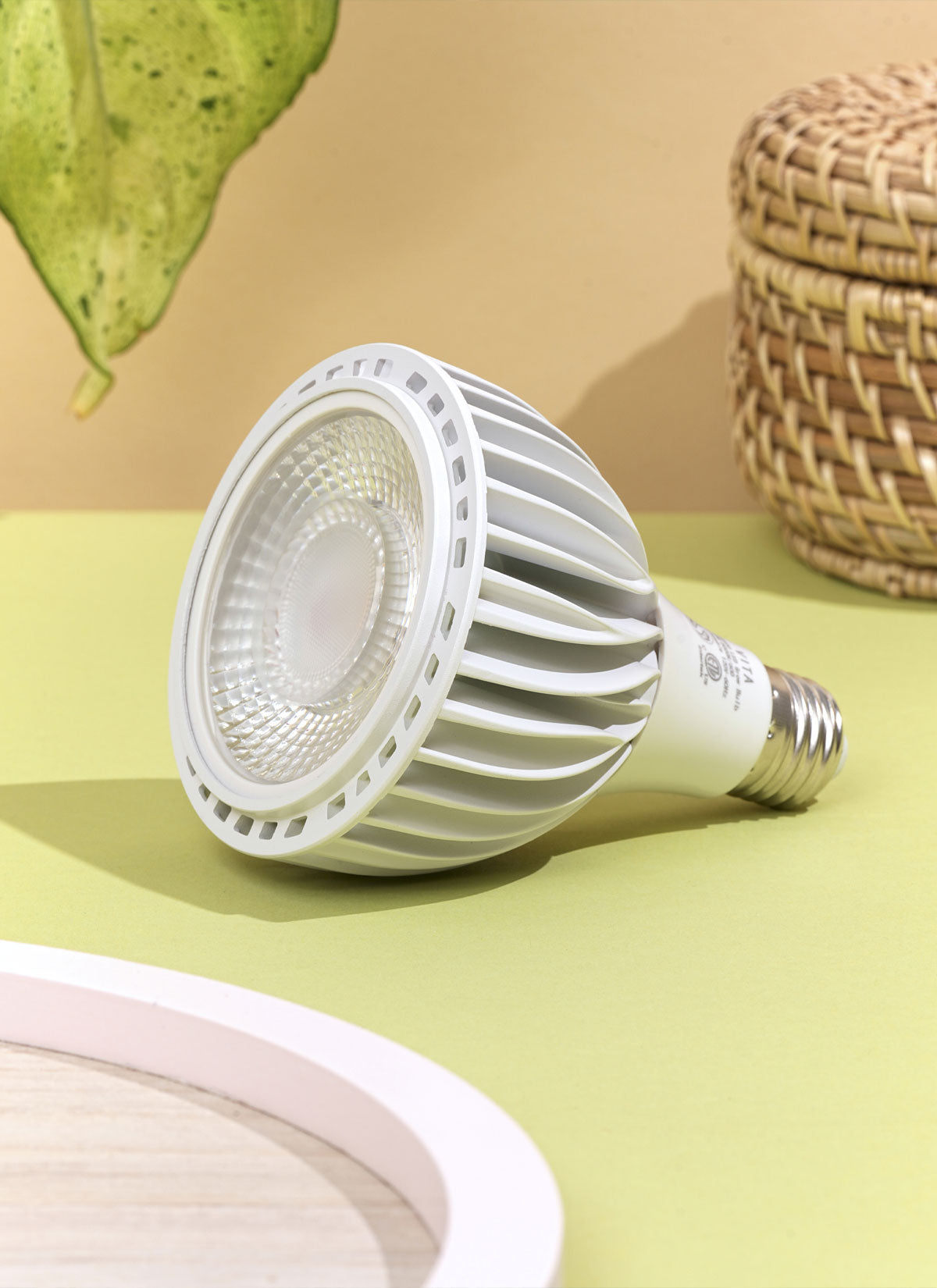Preferred Humidity: 50 - 60%; Moderate Humidity
Monstera adansonii is a tropical plant, so it does best when it is warm and humid. To keep your plant happy and healthy, the humidity should be between 60 and 80%. Putting your Monstera adansonii in a room with a humidifier is one of the best ways to make the air more moist for it. If you don't have a humidifier, you can also regularly mist your plant with water or put a tray of water near the plant to add moisture to the air. Grouping your plants together is another option, as this can create a microclimate with more humidity. It's also important not to give your Monstera adansonii too much water, as this can cause root rot and other problems. Instead, you should try to water your plant when the top inch of soil feels dry. Lastly, keep your Monstera adansonii in a well-ventilated area. Mold and other problems can happen when air stays in one place for too long.




















